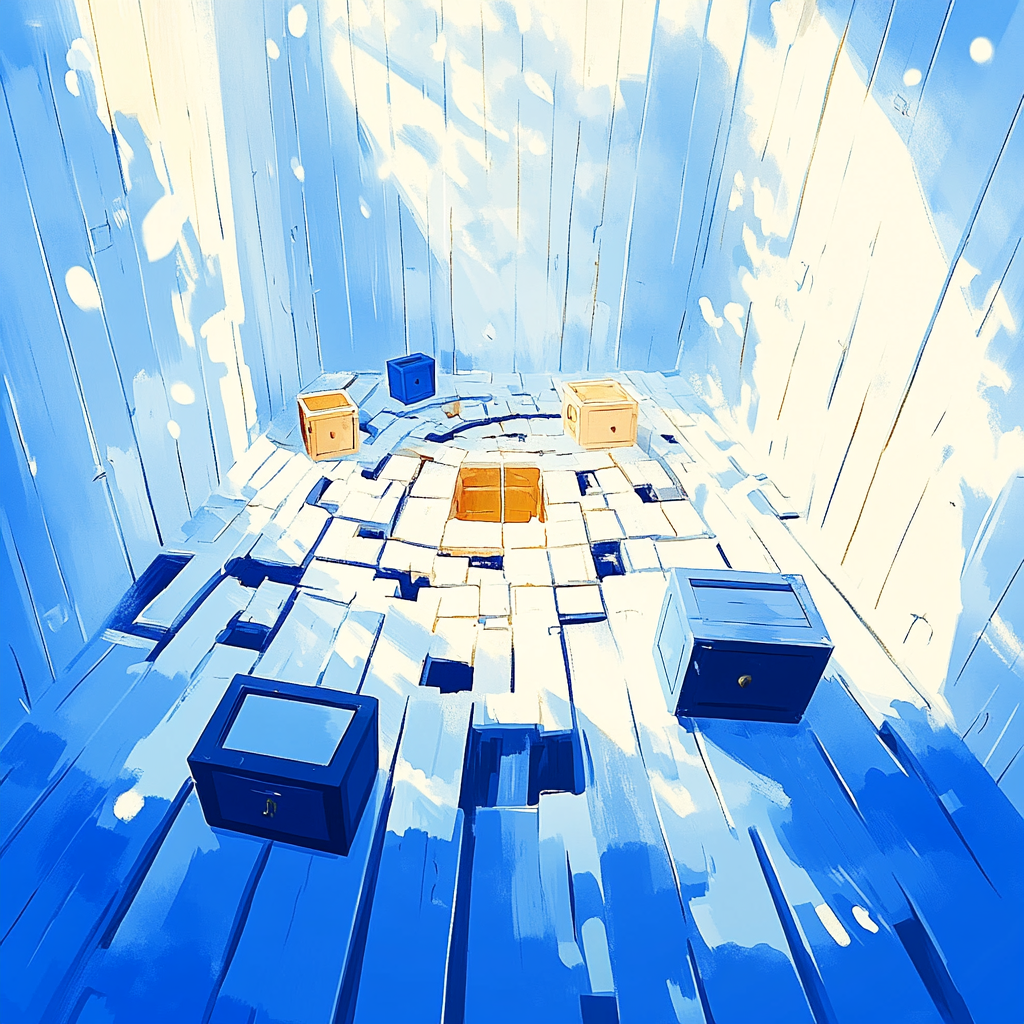How to Escape Room
The door clicked shut behind us. There was no turning back—not for another hour. The room was quiet, dimly lit, eerily detailed.
That first minute held a kind of stillness I don’t often feel. For the next sixty minutes, I knew where I needed to be. And that, in itself, was rare.
I’ve done dozens of escape rooms over the last ten years. Some more elaborate than others. Some with strangers, some with close friends. But every time, something shifts. For a brief moment, life becomes simpler. The world narrows. There’s a puzzle in front of me. A team around me. A clock above me. And nothing else.
What does it mean to escape? I’ve been thinking about that.
At first glance, stepping into an escape room seems like the very definition of escapism. But the more I sit with it, the more it feels like something else. Something closer to stepping in than stepping out. It’s not an avoidance of life. It’s a clearer version of it. One that moves a little slower, feels a little sharper.
There’s something powerful about choosing to close a door. About leaving the phone outside, the notifications behind. Meetings, errands, messages—all waiting on the other side of the wall. I didn’t need to check anything or be anywhere. I was exactly where I had chosen to be. Locked in, yes. But also free.
It reminded me of that quiet clarity that comes at the start of a meditation retreat. Or the strange calm that settles in during a long-haul flight, thousands of feet above everything that usually feels urgent. Sometimes, escape is a doorway to presence. The more I consciously step out of regular life, the more available I feel to see it again with new eyes.
And then there’s the simplicity. The rules are clear. The boundaries are evident. The goal is singular: get out. So little of modern life is like that. Most days blur with open tabs and half-tasks. Too many choices. In contrast, being in a space with limits—literal walls—creates a kind of permission to focus, to engage fully with what’s in front of me. In paradoxical ways, constraint becomes expansive.
Over the weekend, I found myself caring deeply about a combination lock that guarded a fake treasure chest. I watched the clock count down and recalibrated our efforts with every passing minute. I was probably more competitive than anyone else in the room, reminding people of how much time we had left. It wasn’t about the prize. It was something else entirely: the joy of taking play seriously.
As an adult, spaces to truly play seem to shrink over time. The ones where the stakes are low, but the effort is real. Where silliness and structure coexist. Where there’s space to try, to fumble, to laugh. It feels rare. And regenerative.
What’s even rarer is the chance to collaborate without a formal agenda. Some of the people in the room were close friends I know from professional settings. But in this space, those dynamics disappeared. We weren’t leading anything or managing anyone. We were searching under rugs and tapping on walls, guessing wildly and getting things wrong. It was vulnerable in a way I hadn’t expected. Revealing and familiar at the same time.
There’s an intimacy in being confused together. In pausing to think out loud. In noticing who rushes ahead, who slows down, who steps back. The escape room became a mirror—reflecting small truths about how we each navigate uncertainty. But it also became a container. A reminder that even without knowing, we could move forward.
What surprised me most was how fully I cared about the outcome. Not passively, not as an observer. But as someone in the story. I realize how few experiences offer that now. So much of daily life is performed at a safe distance—watching, scrolling, spectating. Entertainment often leaves nothing required of us. But this asked something.
I found myself admiring the room itself. The clues hidden in plain sight. The props and puzzles and hidden compartments. Someone had imagined all of this. Carefully. Creatively. Not just the story, but how the story would feel. It reminded me of the first time I held a well-designed object and thought about the person who designed it.
And maybe that’s what stayed with me most. Not the puzzles or the locks, but the feeling of stepping into someone else’s imagination. Not observing it, but being enveloped by it. Participating in it. There’s something sacred in that.
Eventually, the door opened, and the hour slipped away. We stepped back into streetlights and mild weather and the weekend’s to-do list. But something lingered.
I don't think of the escape room as an escape from life. I think of it as a small reminder of what life can hold—when attention sharpens, when presence softens, when imagination leads. These qualities aren’t locked behind puzzles. They’re here, scattered quietly across the everyday.
Sometimes the challenge isn’t to find a way out. But to find a way in.
To notice when I’m paying attention. To feel when I’m playing, truly playing. To trust that collaboration can be aimless and meaningful. To remember that uncertainty isn’t always something to fix, but something to feel. And to celebrate the moments, however short, when I step into someone else’s dream—and, for a while, lose track of where mine ends and theirs begins.
The door behind me closed once again, this time without a click.
Not a lock, not a puzzle.
Just a breath.
And that is how I learned to escape room.




